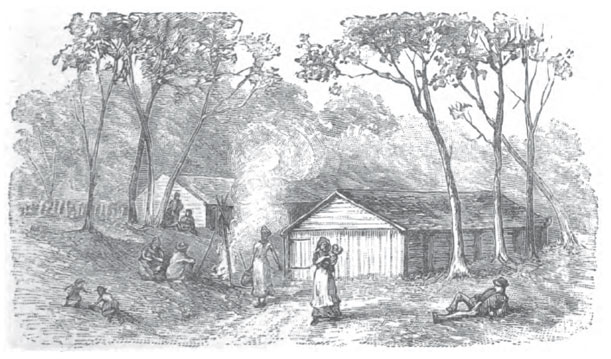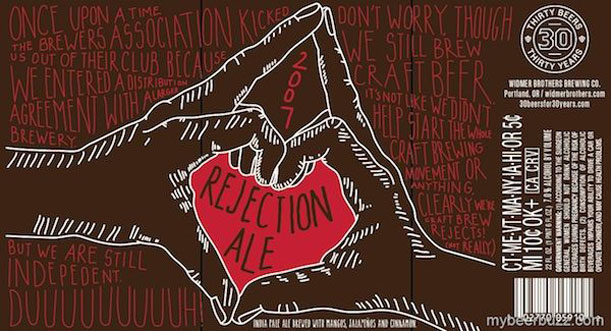
Well, she was an American girl
Raised on promises
She couldn’t help thinkin’
That there was a little more to life somewhere else
– From American Girl by Tom Petty
We come on the ship they call the Mayflower
We come on the ship that sailed the moon
We come in the age’s most uncertain hour
and sing an American tune
But it’s all right, it’s all right
– From American Tune by Paul Simon
A couple of days ago, Stephen Beaumont spotted a few kids on his lawn and wandered outside, holding a goblet hand blown in Belgium. He chased those rascals off, yelling: “It’s NOT Belgian or Even Belgian-Style. It’s NOT Belgian or Even Belgian-Style. It’s NOT Belgian or Even Belgian-Style.” He then proceeded to quote something he wrote on Facebook.
After my personal déjà vu moment passed (on Sunday I sent this text message to a homebrewer, “You mean an American beer fermented with a Belgian-sourced yeast.”) I got to thinking about how much sense it would be to replace Belgian and Belgium in this sentence:
“Belgian beer is beer that is brewed and fermented in Belgium. Period.”
German beer is beer that is brewed and fermented in Germany. Period.
American beer is beer that is brewed and fermented in America. Period.
Kansas City beer is beer that is brewed and fermented in Kansas City. Period.
That does not leave me feeling satisfied. Just to be clear, I’m not arguing that Mr. Beaumont was wrong. I would have chased those rowdy kids off my lawn, too. But I’m left thinking there’s more to what makes a beer Belgian or Polish or Floridian than if it qualifies for a passport by birthright.
Certainly what it means to be an American beer these days.




